Different Headstands/Sirshasana in Yoga:
Said to be the king of ALL yoga postures/asanas. There are so many variations to experiment with and try. Start simple and work your way up.
Often people experience fear with practicing headstands, which can be anything, from not wanting to fall to loss of control, practice regularly to explore and challenge your fear, and amaze yourself by doing something you didn’t think you would be able to.
Once you get to grips with headstands (and in time you will), you’ll be happy you did. The list of health benefits seems to be endless.
Click on the links or thumbnails to learn about each headstand
 Salamba Sirshasana – Tripod Headstand
Salamba Sirshasana – Tripod HeadstandThe Salamba sirsasana 2 (salamba- supported, sirs-head, asana- posture), is also called the tripod handstand (three points of support, 2… Read More »Salamba Sirshasana – Tripod Headstand
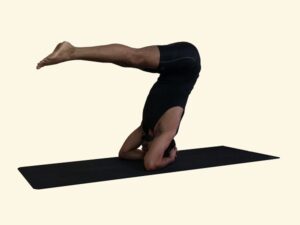 Sirshasana- Headstand
Sirshasana- HeadstandThis is also called Salamba Sirsasana (Salamba- supported; Sirs- head, asana- posture). The supported headstand This is one of the… Read More »Sirshasana- Headstand
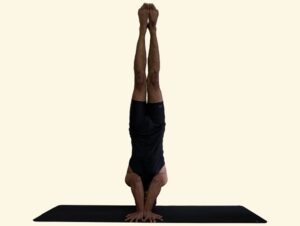 Salamba Sirshasana 3/ Headstand 3
Salamba Sirshasana 3/ Headstand 3This variation of Sirshasana requires more balance, so try it in front of a wall till you get the confidence… Read More »Salamba Sirshasana 3/ Headstand 3
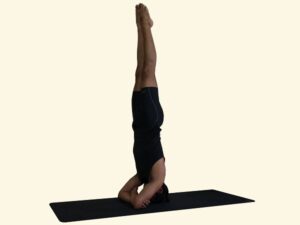 Baddha hasta Sirshasana/ Headstand 4
Baddha hasta Sirshasana/ Headstand 4Baddha means bound and hasta means hand. This variation of headstand is a little difficult then the normal one. Practice… Read More »Baddha hasta Sirshasana/ Headstand 4
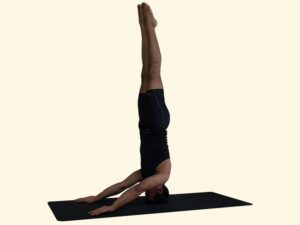 Mukta hasta sirshasana A / headstand 5
Mukta hasta sirshasana A / headstand 5Mukta means free and hasta means hand. This is one of the most difficult variation of headstand. It is comparitively… Read More »Mukta hasta sirshasana A / headstand 5
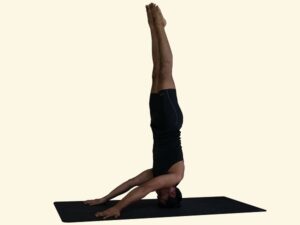 Mukta Hasta Sirshasana B/ Headstand 6
Mukta Hasta Sirshasana B/ Headstand 6Mukta means free and hasta means hand. It is quite similar to Mukta hasta sirshasana A, the difference being the… Read More »Mukta Hasta Sirshasana B/ Headstand 6
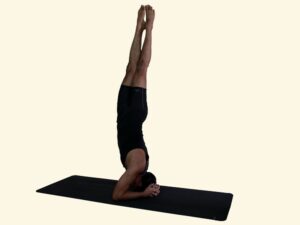 Parsva sirshasana/ twisted headstand
Parsva sirshasana/ twisted headstandParsva means side or flank. In this variation, the trunk and the legs are turned sidewards on either side while… Read More »Parsva sirshasana/ twisted headstand